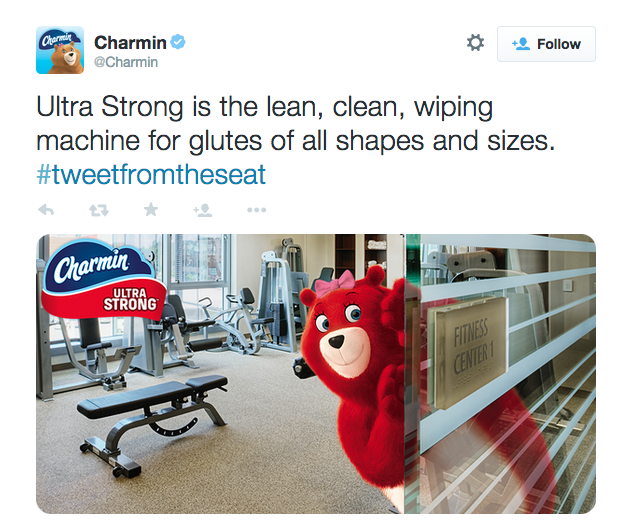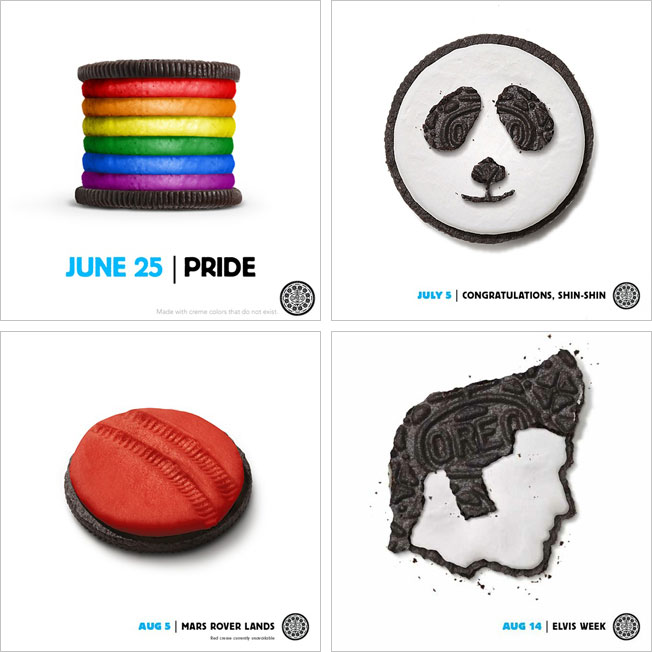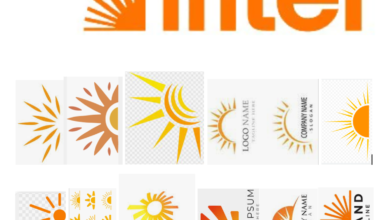[ad_1]
As a marketer or brand manager, you’re used to being constantly bombarded with best practices for branding and what you should or shouldn’t be doing. With so many conflicting “facts” it can be hard to decipher which tips will actually help your brand and which are leading your brand further astray.
To help you find truth in the chaos, here are 5 common branding myths and the surprising truths behind them.
Branding Myth #1: Offering a perfect product will guarantee your company’s success.
Truth: Without a brand, your product is irrelevant. Your brand is comprised of the emotions and ideas behind your product, and it’s what helps your product stand out from competitors.
To strengthen your brand’s visual presence and bolster your product, consider what your product would look like wrapped in savvy package design, or supported by a compelling social media campaign. These visual, consumer-facing brand elements will make your product more universally recognizable.
Example: Charmin is a great example of why every product needs a strong brand. Toilet paper is a boring, everyday part of our lives, and there isn’t a huge difference between a store brand and a private label.
To stand out from other bathroom products, Charmin crafted a hilarious and somewhat edgy twitter presence that involves hashtags like #tweetfromtheseat and a daily supply of jokes about using the bathroom. Their blunt yet honest presence helps customers relate to their brand and remember them the next time a need for TP arises.

Branding Myth #2: There’s only one right way to build a brand.
Truth: Building a brand is all about context. There is no one right way to build a brand; in fact, there are infinite ways to build a winning brand. More importantly, your brand should be a reflection of your unique products, values, and mission statement.
As long as you conduct research on your target market and you’re aware of what your competitors are doing, you can build a brand strategy which will truly resonate with customers.
Read: How Brands Can Win Fans With the New Instagram Ads
Branding Myth #3: Brand consistency is critical for success.
Truth: Thanks to social media, brand consistency is much less important than it used to be. Flexibility is the new consistency, meaning that modern brands must maintain a few core elements while adapting their appearance to audiences in different contexts.
Brands who project the same exact messaging and appearance across all customer touch points fail to appeal to customers, and brands with more targeted branding take center stage.

Example: One example of a successful flexible branding campaign was Oreo’s Daily Twist. In honor of their 100th anniversary, the classic cookie brand celebrated 100 days of milestones such as “Elvis Week” and “National Cheesecake Day.”
Each day was accompanied by a bold, creative interpretation of an Oreo cookie. A few days after Oreo launched the Daily Twist campaign, they had created an expectation for themselves. Fans checked back each day in anticipation of the newest creation, and Oreo increased their brand awareness tenfold.

Branding Myth #4: Branding and Advertising are the same thing.
Truth: Branding is the identity you carefully create; advertising is how you show that identity to the world. The two rely on one another: without a brand, you have nothing to advertise, and without advertising, your brand remains unknown to the world.
Read: Should Your Brand Identity Be More Responsive?
Branding Myth #5: Branding your business is extremely costly.
Truth: While branding can be expensive, it doesn’t have to be. Get to know your audience, learn what they like, and begin offering them value.
Linkedin and Twitter are great ways to connect with audiences and provide useful information. Starting a blog is easier than ever, and a great place to share your insight with the world.
These tactics are free and they allow you to create brand awareness with those who are most interested.
Example: Airbnb is one brand who successfully uses social media to raise brand awareness and subtly advertise. On Instagram, the popular travel brand posts photos of accommodations in exotic and enticing locations.

Each photo includes a story about that destination along with directions on how to head to the Airbnb site to learn more. By capturing the story of real experiences that people can purchase, the travel site both caters to the visual artistic audience and stirs their wanderlust, enticing them to just book that vacation already.
Michelle Polizzi is the Content Coordinator at Brandfolder, a user-friendly tool for brand asset management. When she’s not busy creating content, you can find her bicycling around Denver or catching a live concert. She’d love to connect with you on LinkedIn.
Source link






